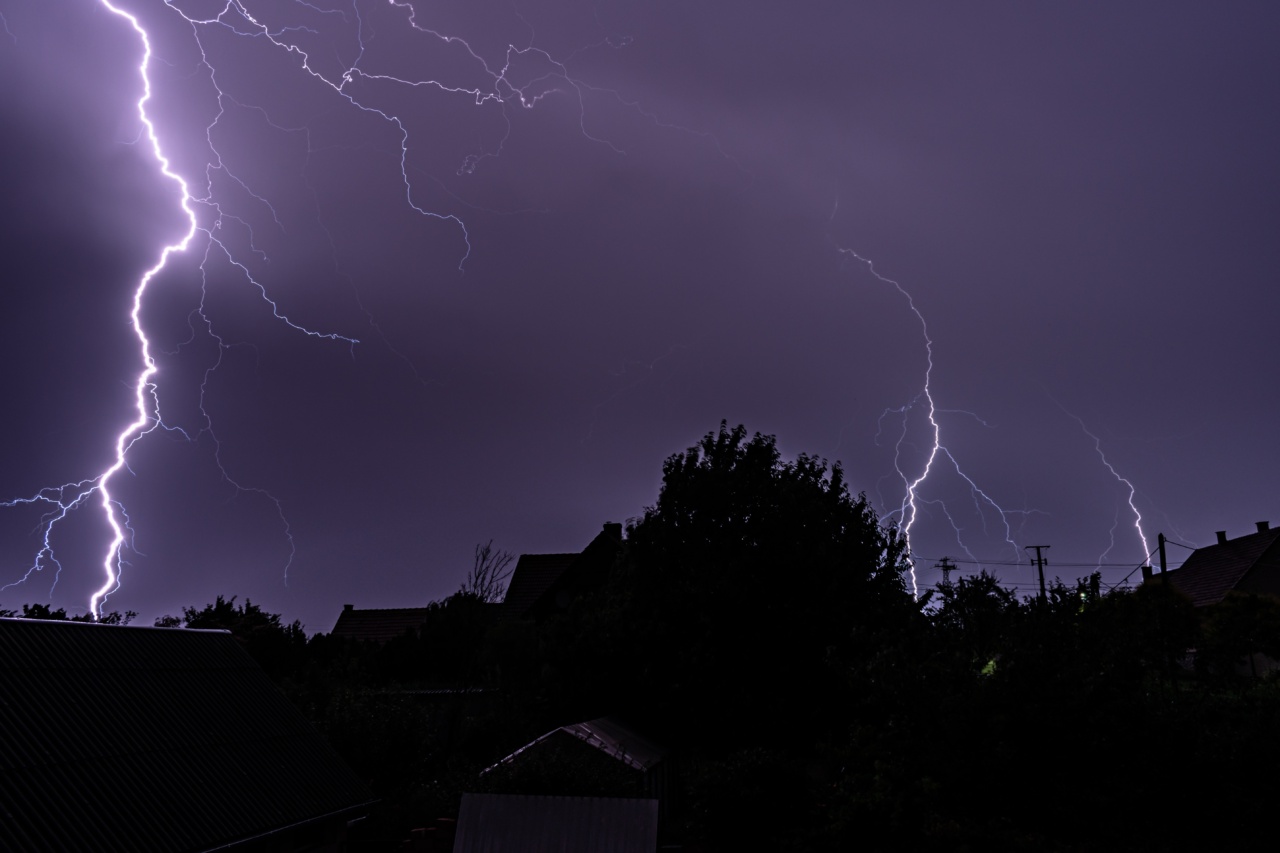Migraines are severe headaches that can cause throbbing pain or a pulsing sensation, usually on one side of the head.
They can last for hours to days and may be accompanied by several symptoms such as nausea, vomiting, and sensitivity to light and sound. Migraine is a complex neurological condition that affects approximately 12% of the US population and can significantly impact the quality of life of those who suffer from it.
Several risk factors can trigger a migraine attack, including stress, hormonal changes, certain foods and drinks, and environmental changes such as weather and climate.
While it’s impossible to control some of these factors, understanding them can help you manage and prevent migraines. In this article, we’ll explore how climate and weather changes can affect migraines.
How Climate and Weather Changes Can Trigger Migraines
Several studies have shown that climate and weather changes can trigger migraines.
While the exact mechanisms are not understood, scientists believe that fluctuations in barometric pressure, temperature, humidity, and air pollution can trigger chemical changes in the brain and lead to migraines.
Some common climate and weather triggers for migraines include:.
1. Changes in Barometric Pressure
Barometric pressure refers to the pressure of the air around us. When barometric pressure changes, it can affect the air pressure in our sinuses and cause migraines.
For example, when the barometric pressure drops, it can cause the tissues in our sinuses to expand, leading to headaches. Conversely, when the barometric pressure rises, it can cause the tissues in our sinuses to contract, leading to headaches as well.
2. Temperature Changes
Rapid changes in temperature can also trigger migraines. For example, when it’s extremely hot, we tend to sweat more, which can lead to dehydration and trigger headaches in some people.
Similarly, when it’s cold, our blood vessels constrict to keep warm, leading to headaches in some individuals.
3. Humidity Changes
Humidity refers to the amount of moisture in the air. When humidity levels are high, it can make it harder for our bodies to cool down and regulate temperature. As a result, it can cause headaches in some people.
4. Windy Conditions
Windy conditions can stir up pollen, dust, and other allergens that can trigger migraines in some individuals.
5. Air Pollution
Air pollution can also trigger migraines. Pollutants such as carbon monoxide, nitrogen dioxide, and sulfur dioxide can lead to oxidative stress and inflammation in the body, which can trigger headaches.
Managing Migraines Triggered by Climate and Weather Changes
If you’re prone to migraines triggered by climate and weather changes, there are several steps you can take to manage and prevent them:.
1. Monitor Weather and Climate Changes
By keeping track of changes in barometric pressure, temperature, humidity, and air quality, you can predict when migraines are likely to occur and take preventive measures.
2. Maintain a Healthy Lifestyle
Eating a healthy diet, getting adequate sleep, staying hydrated, and engaging in regular physical activity can help reduce the frequency and severity of migraines.
3. Control Your Environment
Avoid triggers such as strong or flickering lights, loud noises, and strong odors. If you’re sensitive to changes in barometric pressure, use a humidifier or dehumidifier to regulate humidity levels in your home.
4. Take Medications as Prescribed
Several medications are available to prevent and treat migraines, including over-the-counter and prescription medications. Speak with your healthcare provider to determine which medication is right for you.
The Bottom Line
Climate and weather changes can trigger migraines in some individuals. By monitoring weather and climate changes, maintaining a healthy lifestyle, controlling your environment, and taking medications as prescribed, you can manage and prevent migraines.

























